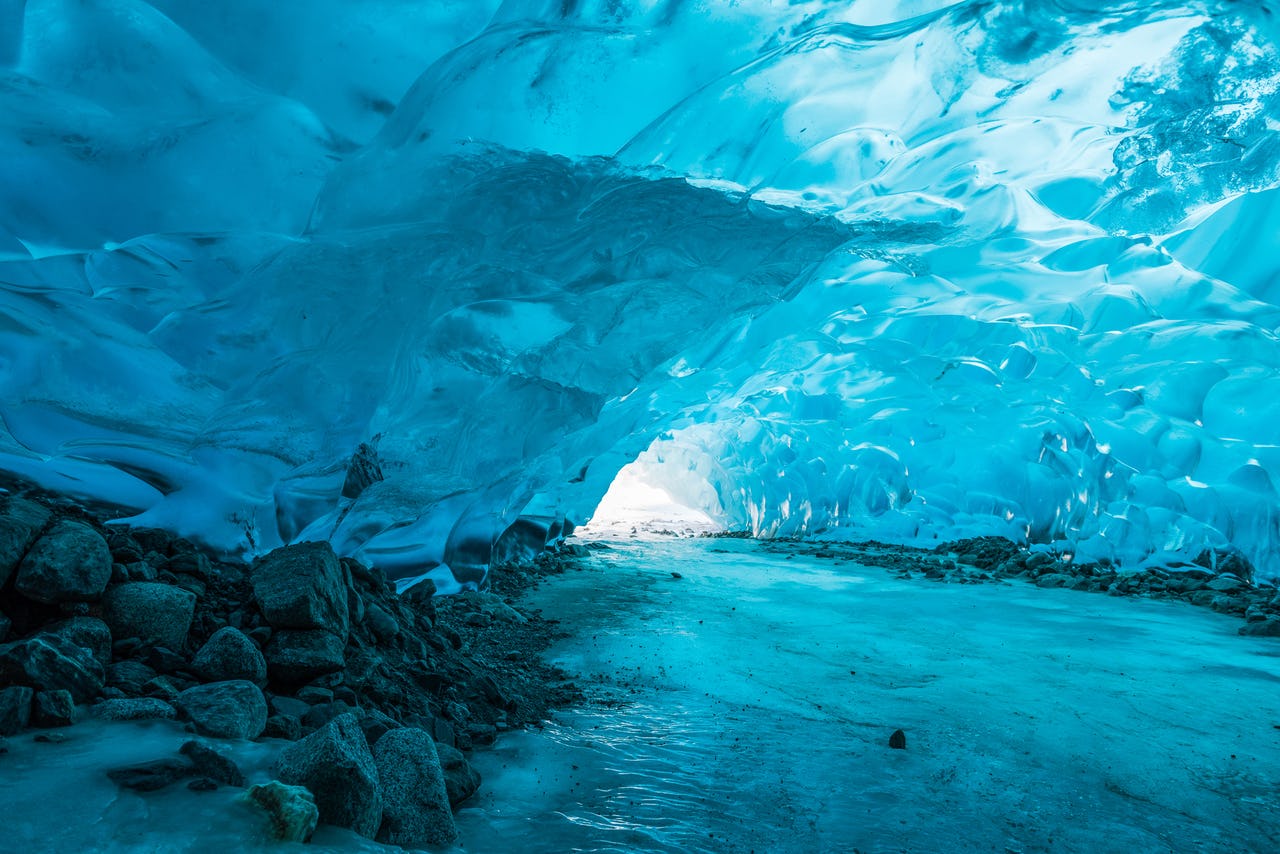An Arctic Council In Transition

Inside the Mendenhall Glacier ice cave from the 2017 Senior Arctic Officials Meeting in Juneau, Alaska. Photo: Arctic Council Secretariat / Linnea Nordström
In May 2017 US Secretary of State Rex Tillerson will hand over the Chairmanship of the Arctic Council to Finland after two years of successful American leadership in the circumpolar north. However, the transition from the Obama Administration’s One Arctic vision to President Trump’s America First agenda has left Arctic actors unsure of how, and to what extent, the US will actively contribute to the ambitions of the Finnish Chairmanship and engage in the Council more generally. Given the Administration’s lack of commitment to climate change and scientific cooperation, it will undoubtedly be difficult to foster transatlantic cooperation between the US and other Arctic States to advance the Finnish Chairmanship’s stated themes of implementing the Paris Agreement and Sustainable Development Goals. But it is not impossible.
Read The Arctic Institute’s Full Report on the changing Arctic Council.
The Way Forward: Subnational Actors
- Rather than continuing to appeal for US support for climate change and sustainable development initiatives at the ministerial level, it may prove more effective to engage subnational actors on these important issues in the years to come.
- The national inertia created by the Trump Administration when it comes to the Arctic’s most pressing issues may prove an opportunity to rethink the framework within which the Arctic Council operates, and ultimately lead to a more inclusive, efficient structure.
- By including regional governments in Arctic Council meetings and empowering them to implement Arctic Council initiatives outside of the direct management of national governments, progress on climate change could be maintained despite a lack of commitment from national governments.